Key Takeaways
- Colors have played a pivotal role in fashion throughout history, reflecting societal shifts, cultural movements, and the ever-evolving human desire for self-expression.
- The 20th century witnessed several iconic color revolutions that challenged traditional norms, expressed new ideologies, and empowered individuals to embrace their authentic selves.
- Vibrant hues like fuchsia, teal, and chartreuse emerged as symbols of rebellion, self-expression, environmental consciousness, and unconventional beauty.
- Fashion pioneers like Yves Saint Laurent, Elsa Schiaparelli, and Mary Quant embraced bold colors, empowering women, youth, and the avant-garde to challenge societal conventions.
- Colors in fashion continue to evolve, reflecting our ever-changing world, cultural trends, and the human desire for self-expression, sustainability, and individuality.
- Understanding the history of colors in fashion provides invaluable insights into cultural trends, societal values, and the evolution of self-expression through sartorial choices.
- Colors have the power to evoke emotions, convey messages, shape identities, and influence consumer preferences in the realm of fashion.
- The future of fashion promises more color revolutions as designers and consumers continue to push boundaries, embrace unconventional beauty, and express their authentic selves through the powerful language of color.
Throughout fashion history, color trends have played a crucial role in mirroring societal changes, cultural movements, and the ongoing human drive for self-expression through style. In the 20th century especially, the fashion industry experienced a series of iconic color revolutions that broke traditional norms, showcased emerging ideologies, and empowered individuals to express their true identities through bold sartorial choices and innovative color palettes.
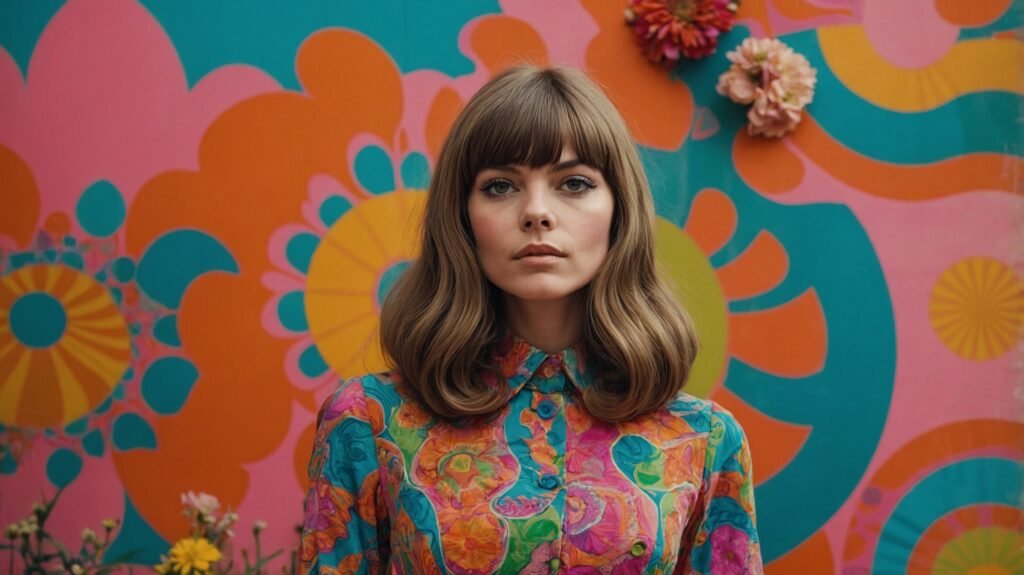
The Rise of Fuchsia: A Defiant Hue Defying Gender Norms
In the early 1900s, the world of fashion was characterized by muted colors and subdued shades, mirroring the conservative values and strict gender roles of the era. Yet, the introduction of fuchsia—a striking and bold purple-red hue—marked a turning point in fashion history. This vibrant color represented a move toward self-expression, individuality, and the rejection of traditional norms. Initially met with skepticism and even criticism, fuchsia soon became a powerful symbol of rebellion and defiance. It was quickly adopted by the avant-garde and fashion innovators eager to challenge societal expectations and embrace creative freedom.
The Daring Embrace of Fuchsia by Fashion Revolutionaries
Fearless designers like Elsa Schiaparelli and Coco Chanel dared to incorporate fuchsia into their collections, igniting a fashion revolution that celebrated individuality and boldness. Schiaparelli’s iconic “Shocking Pink” collection, featuring fuchsia garments and accessories, became a sensation, capturing the spirit of the era and empowering women to express themselves through fashion in a way that had previously been considered unacceptable.
Fuchsia’s Cultural Impact: Challenging Gender Stereotypes
The rise of fuchsia coincided with the emergence of youth culture, the celebration of individuality, and the questioning of traditional gender roles. This vibrant hue became a symbol of the counterculture movement, adorning the outfits of rock stars, artists, and free-spirited individuals who rejected conformity and societal expectations. Fuchsia’s defiant presence on the fashion runway and in popular culture challenged traditional gender norms, empowering women to embrace their femininity without apology and inspiring men to explore new avenues of self-expression through fashion.
The Lasting Legacy of Fuchsia: A Timeless Symbol of Empowerment
Today, fuchsia continues to make bold statements in fashion, evoking a sense of fearlessness, individuality, and empowerment. Its enduring presence serves as a reminder of the power of color to challenge societal conventions, express personal identity, and break down barriers. The legacy of fuchsia’s defiant spirit lives on, inspiring designers and fashion enthusiasts alike to embrace their authentic selves through the colors they wear, regardless of gender norms or societal expectations.
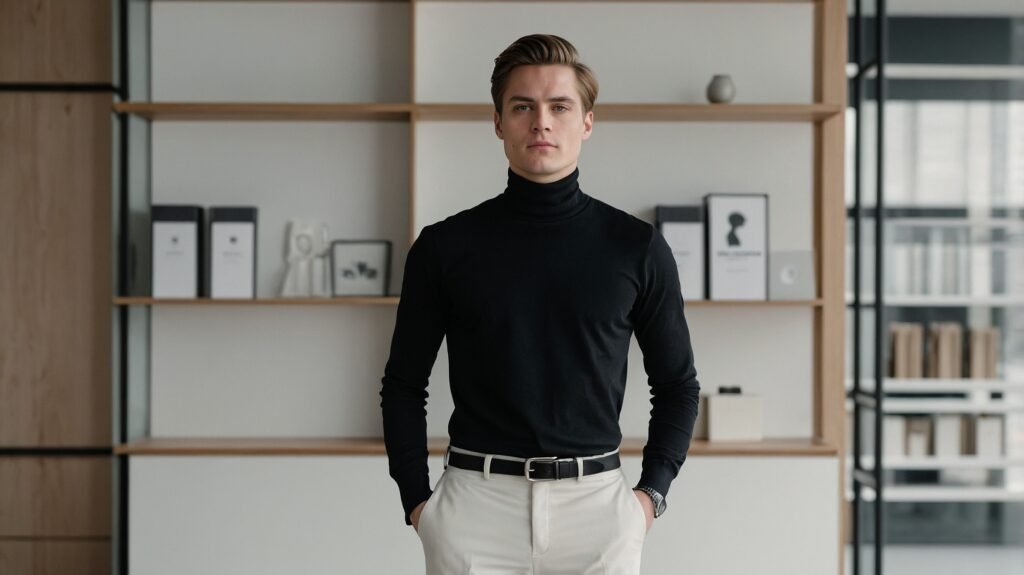
The Teal Revolution: Embracing Nature’s Harmony and Promoting Sustainability
As the 20th century progressed, the environmental movement gained momentum, sparking a newfound appreciation for nature’s beauty, harmony, and the importance of sustainability. This shift in societal consciousness manifested itself in the fashion world through the rise of teal, a stunning blend of blue and green that evoked the tranquility of the ocean and the vitality of the natural world.
Teal’s Soothing Presence: Promoting Harmony and Tranquility
Designers like Geoffrey Beene and Calvin Klein embraced teal, introducing it into their collections as a refreshing alternative to the bold and vibrant hues that dominated the fashion landscape. Teal’s calming yet sophisticated presence resonated with those seeking a connection with nature, a sense of serenity amidst the chaos of modern life, and a respite from the fast-paced world of consumerism.
The Eco-Conscious Movement: Teal as a Symbol of Sustainability
As environmental concerns increased and the demand for sustainable fashion practices intensified, teal became a powerful symbol of the eco-conscious movement in the fashion industry. Designers started embracing eco-friendly fabrics, sustainable production techniques, and ethical sourcing, using the color teal to visually communicate their dedication to environmental protection and a more responsible, ethical fashion industry.
Teal’s Timeless Appeal: A Harmonious Bridge Between Fashion and Nature
Even today, teal remains a beloved and versatile color in fashion, transcending trends and seasons. Its soothing yet elegant presence continues to captivate designers and consumers alike, reminding us of the enduring beauty of nature and the importance of embracing harmony in our lives. The teal revolution not only transformed the fashion world but also sparked a deeper appreciation for environmental consciousness, sustainable practices, and the inherent connection between fashion and the natural world.

The Chartreuse Craze: Embracing Unconventional Beauty and Avant-Garde Expression
In the latter half of the 20th century, the fashion world witnessed the rise of chartreuse, a bold and unconventional shade of yellow-green that challenged traditional notions of beauty and elegance. This vibrant hue, once dismissed as garish and overwhelming, became a symbol of individuality, avant-garde expression, and the celebration of unconventional beauty, embraced by visionary designers and fashion-forward trendsetters.
The Avant-Garde Embrace of Chartreuse: Redefining Beauty Standards
Legendary designers like Yves Saint Laurent and Paco Rabanne dared to incorporate chartreuse into their collections, captivating audiences with their daring and unconventional approach. Saint Laurent’s iconic “Mondrian” collection, featuring bold blocks of primary colors, including chartreuse, redefined the boundaries of fashion and celebrated the beauty of the unexpected, challenging traditional ideals of what was considered aesthetically pleasing.
Chartreuse’s Cultural Significance: A Beacon of Individuality and Rebellion
The chartreuse craze coincided with the emergence of the punk and new wave movements, where individuality, self-expression, and rebellion against societal norms were celebrated through music, art, and fashion. This unconventional hue became a symbol of the avant-garde, adorning the outfits of musicians, artists, and fashion icons who dared to challenge the status quo and embrace their unique identities without fear or apology.
The Enduring Appeal of Chartreuse: Celebrating Unconventional Beauty
Despite initial skepticism and resistance, chartreuse has endured as a beloved and sought-after hue in the fashion world. Its vibrant and energetic presence continues to captivate designers and consumers alike, serving as a reminder to embrace unconventional beauty, celebrate individuality, and express oneself fearlessly and unapologetically through sartorial choices. The chartreuse craze not only transformed the fashion landscape but also empowered individuals to challenge traditional beauty standards and find confidence in their authentic selves.

The Multifaceted Power of Color in Fashion
Throughout the 20th century and beyond, colors in fashion have played a multifaceted role, transcending mere aesthetic choices to become powerful symbols, expressions of identity, and catalysts for cultural shifts. The impact of colors on the fashion world cannot be understated, as they possess the ability to:
Express individuality and personal identity: Colors allow fashion enthusiasts to showcase their unique personalities, beliefs, and styles, serving as a canvas for self-expression and personal empowerment.
Reflect cultural movements and societal shifts: The rise and popularity of certain colors often mirror broader cultural trends, social movements, and ideological shifts, capturing the zeitgeist of a particular era.
Evoke emotions and convey messages: Colors have the ability to elicit specific emotional responses and convey powerful messages, whether it’s the boldness of fuchsia, the tranquility of teal, or the unconventional beauty of chartreuse.
Challenge traditional norms and conventions: Iconic colors like fuchsia and chartreuse challenged traditional gender norms, beauty standards, and societal expectations, paving the way for greater inclusivity and self-expression in fashion.
Symbolize rebellion, self-expression, and empowerment: Vibrant hues like fuchsia and chartreuse became symbols of rebellion against conformity, empowering individuals to embrace their authentic selves and reject societal constraints.
Connect fashion to nature and environmental consciousness: The rise of teal reflected a growing appreciation for nature and a commitment to sustainability, fostering a deeper connection between fashion and environmental responsibility.
Celebrate unconventional beauty and avant-garde expression: Colors like chartreuse celebrated the beauty of the unexpected, embracing unconventional aesthetics and pushing the boundaries of what was considered fashionable.
Shape trends and influence consumer preferences: Colors have the power to captivate audiences, inspire new trends, and influence consumer preferences, driving the direction of the fashion industry.
Reflect the ever-evolving human desire for self-expression: As societal values and cultural movements evolve, colors in fashion will continue to mirror the human need for self-expression, individuality, and the celebration of diversity.
As we journey through the annals of fashion history, it becomes evident that colors are more than just aesthetic choices – they are powerful symbols, vessels of self-expression, and catalysts for cultural change. The color revolutions of the 20th century paved the way for a more inclusive, expressive, and diverse fashion landscape, inspiring designers and consumers alike to embrace the transformative power of color.
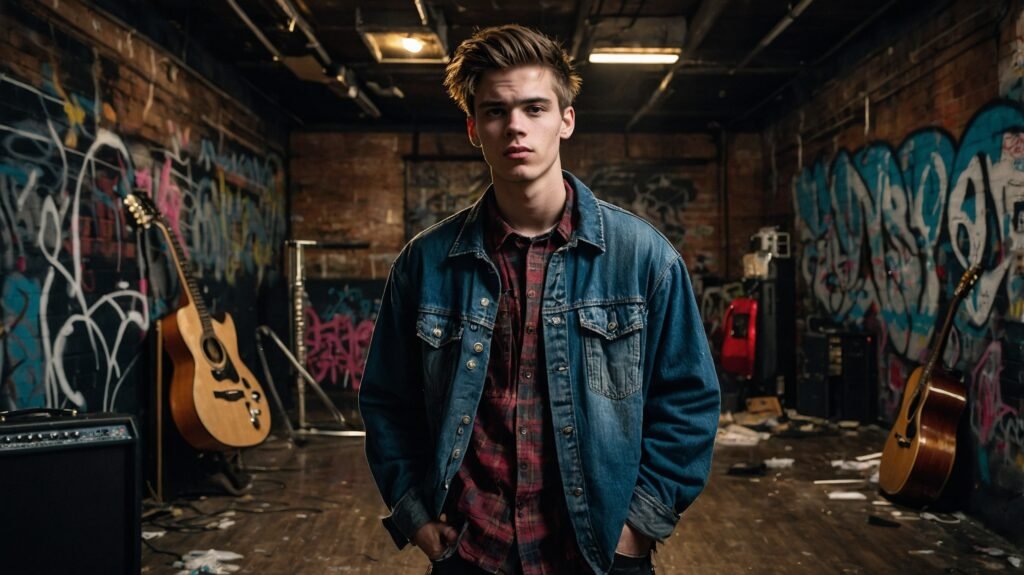
Summary Table
| Color | Era | Significance | Impact |
|---|---|---|---|
| Fuchsia | Early 20th century | Defiance, rebellion, individuality | Challenged gender norms, empowered self-expression |
| Teal | Mid-20th century | Environmental consciousness, harmony with nature | Promoted sustainability, eco-friendly fashion |
| Chartreuse | Late 20th century | Unconventional beauty, avant-garde expression | Celebrated individuality, pushed boundaries |
| Purple | Ancient times | Royalty, luxury, spirituality | Reflected social status, religious symbolism |
| Green | Medieval period | Fertility, nature, renewal | Represented pastoral life, natural cycles |
| Red | Renaissance | Passion, power, courage | Conveyed strength, vitality, and boldness |
Conclusion
The color revolutions of the 20th century were not mere aesthetic trends but powerful movements that challenged societal norms, reflected cultural shifts, and celebrated individuality and self-expression. Iconic hues like fuchsia, teal, and chartreuse emerged as symbols of rebellion, environmental consciousness, and unconventional beauty, empowering individuals to embrace their authentic selves and express their identities through fashion.
These color revolutions have left an indelible mark on the fashion world, inspiring designers and consumers alike to fearlessly express themselves, connect with the world around them, and push the boundaries of what is considered fashionable. As we look towards the future, it is evident that colors will continue to play a pivotal role in fashion, reflecting our ever-changing world, cultural trends, and the human desire for self-expression, sustainability, and unconventional beauty.

The power of color in fashion extends far beyond mere aesthetics; it serves as a canvas for storytelling, a reflection of societal values, and a catalyst for cultural change. Through the vibrant hues that adorn our garments, we can challenge societal conventions, celebrate diversity, and embrace the authentic expression of our identities.
As fashion continues to evolve, we can expect more color revolutions to arise, each one capturing the spirit of its time and inspiring a new generation of designers and fashion enthusiasts to push boundaries and express themselves fearlessly. The future of fashion promises to be a kaleidoscope of hues, each one telling a unique story and reflecting the ever-evolving human experience.
Frequently Asked Questions
What is the significance of fuchsia in fashion history?
Fuchsia became a symbol of defiance and rebellion against traditional norms in the early 20th century. Its bold and unapologetic presence on the fashion runway challenged gender norms and celebrated individuality, empowering women and youth to express themselves through fashion in a way that had previously been considered unacceptable. Fuchsia’s defiant spirit paved the way for greater self-expression and broke down barriers in the fashion world.
How did teal contribute to the environmental movement in fashion?
Teal, with its calming blend of blue and green, became associated with the environmental movement in the mid-20th century. Its presence in fashion collections represented a connection with nature, a commitment to sustainability, and a promotion of eco-friendly practices. Designers used teal as a visual representation of their dedication to protecting the planet and fostering a more responsible fashion industry.
Why was chartreuse considered unconventional in fashion?
Chartreuse, a bold and vibrant shade of yellow-green, was initially dismissed as garish and overwhelming. It challenged traditional notions of beauty and elegance in fashion. However, visionary designers like Yves Saint Laurent and Paco Rabanne embraced this unconventional hue, celebrating avant-garde expression and redefining beauty standards. Chartreuse became a symbol of individuality and the celebration of unconventional aesthetics.
How do colors reflect cultural movements and societal shifts?
Colors in fashion often mirror cultural movements and societal shifts, serving as powerful symbols of the zeitgeist. For example, fuchsia’s rise coincided with the celebration of individuality and youth culture, while teal’s popularity reflected the growing environmental consciousness. Colors can capture the spirit of an era, reflect the values and ideologies of a particular time, and serve as visual representations of broader cultural trends.
Why is understanding the history of colors in fashion important?
Understanding the history of colors in fashion provides invaluable insights into cultural trends, societal values, and the evolution of self-expression through sartorial choices. It allows us to appreciate the significance of colors beyond their aesthetic appeal and recognize their power to convey messages, shape identities, challenge societal norms, and reflect the human experience. This understanding enriches our appreciation for fashion and its ability to serve as a canvas for storytelling and cultural expression.
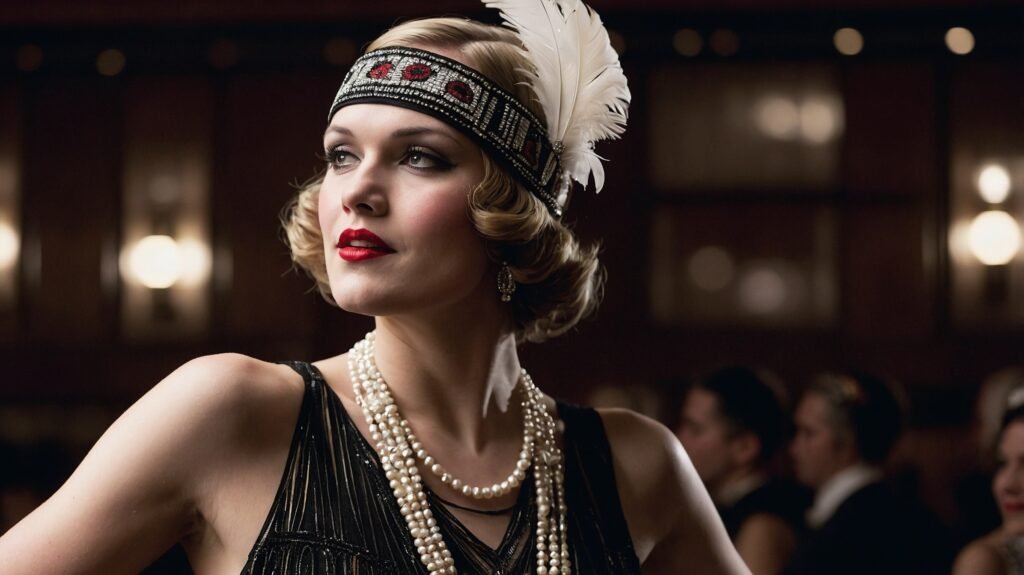
How do colors evoke emotions and convey messages in fashion?
Colors have the ability to evoke specific emotions and convey powerful messages in fashion. Vibrant hues like fuchsia and chartreuse can communicate boldness, rebellion, and individuality, while soothing tones like teal can evoke a sense of tranquility, harmony, and connection with nature. Designers skillfully use colors to elicit desired emotional responses and communicate their creative visions, allowing garments to become vessels for storytelling and self-expression.
What role do colors play in shaping trends and consumer preferences?
Colors play a crucial role in shaping fashion trends and influencing consumer preferences. Bold and unconventional hues like fuchsia and chartreuse can captivate audiences and inspire new trends, while timeless and versatile shades like teal can become wardrobe staples. Colors have the power to capture the zeitgeist, resonate with consumers on an emotional level, and drive their fashion choices and preferences.
How might colors continue to shape the future of fashion?
As society and cultural movements evolve, colors in fashion will undoubtedly continue to reflect and shape these changes. New hues and color combinations may emerge as symbols of emerging ideologies, environmental concerns, social movements, or artistic expressions. The future of fashion promises more color revolutions as designers and consumers push boundaries, embrace unconventional beauty, and explore new ways to express themselves through the powerful language of color.
Moreover, advancements in sustainable dyeing techniques and eco-friendly materials may influence the way colors are produced and utilized in fashion, further strengthening the connection between color and environmental responsibility.
What is the connection between colors and gender expression in fashion?
Throughout history, colors have played a significant role in shaping and challenging gender norms in fashion. The rise of fuchsia in the early 20th century challenged traditional gender roles and empowered women to embrace their femininity without apology. Similarly, men have increasingly embraced vibrant and unconventional hues, breaking free from the constraints of societal expectations.
As gender expression continues to evolve, colors in fashion will likely become more fluid and less bound by traditional gender associations, allowing individuals to express their authentic selves without limitations.
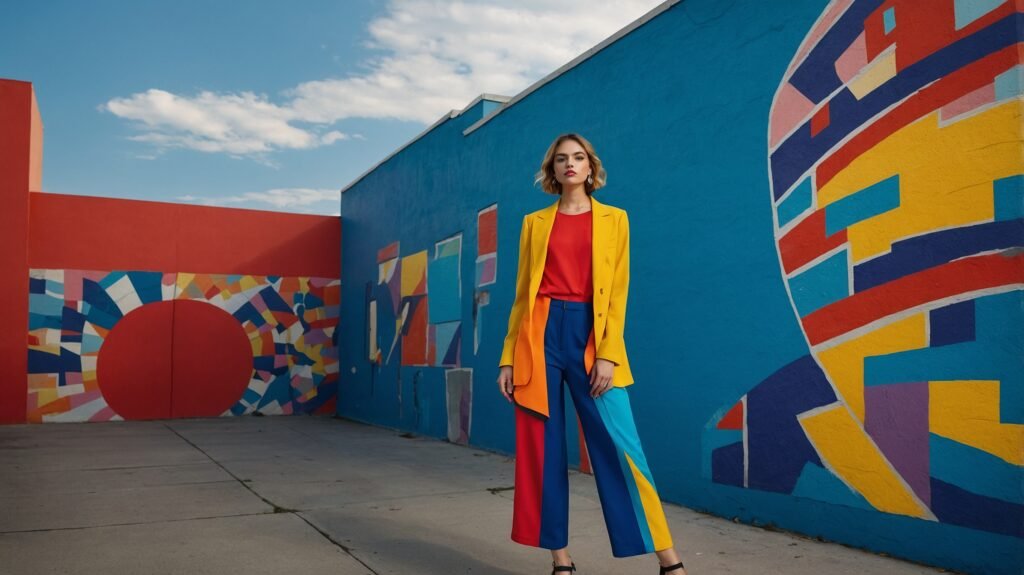
How can colors be used to promote inclusivity and diversity in fashion?
Colors have the power to celebrate diversity and promote inclusivity in fashion. By embracing a wide range of hues that resonate with different cultures, ethnicities, and identities, fashion can become a platform for representation and self-expression. Designers and brands can use colors to celebrate diversity, challenge beauty standards, and create a more inclusive fashion landscape that embraces and uplifts all individuals.
What is the relationship between colors and cultural heritage in fashion?
Certain colors hold significant cultural and historical meanings in various societies and traditions. For instance, in some cultures, specific hues may be associated with royalty, spirituality, or celebratory occasions. By incorporating these meaningful colors into fashion design, designers can pay homage

Gabrielle J. Smith is the pulsating essence that brings life to the world of fashion and color. With an innate talent for understanding the nuances of hues, she has the uncanny ability to paint narratives with her words, diving deep into the realm of color trends and the art of harmonizing them. Not just an expert in the field, Gabrielle also plays a pivotal role in strengthening the cohesion of our team, ensuring growth and harmony. Each of her articles is a testament to her passion, weaving captivating tales that resonate with readers and fashion aficionados alike.
Reviewed By: Joanna Perez and Anna West
Edited By: Lenny Terra
Fact Checked By: Matthew Mansour
Photos Taken or Curated By: Matthew Mansour
